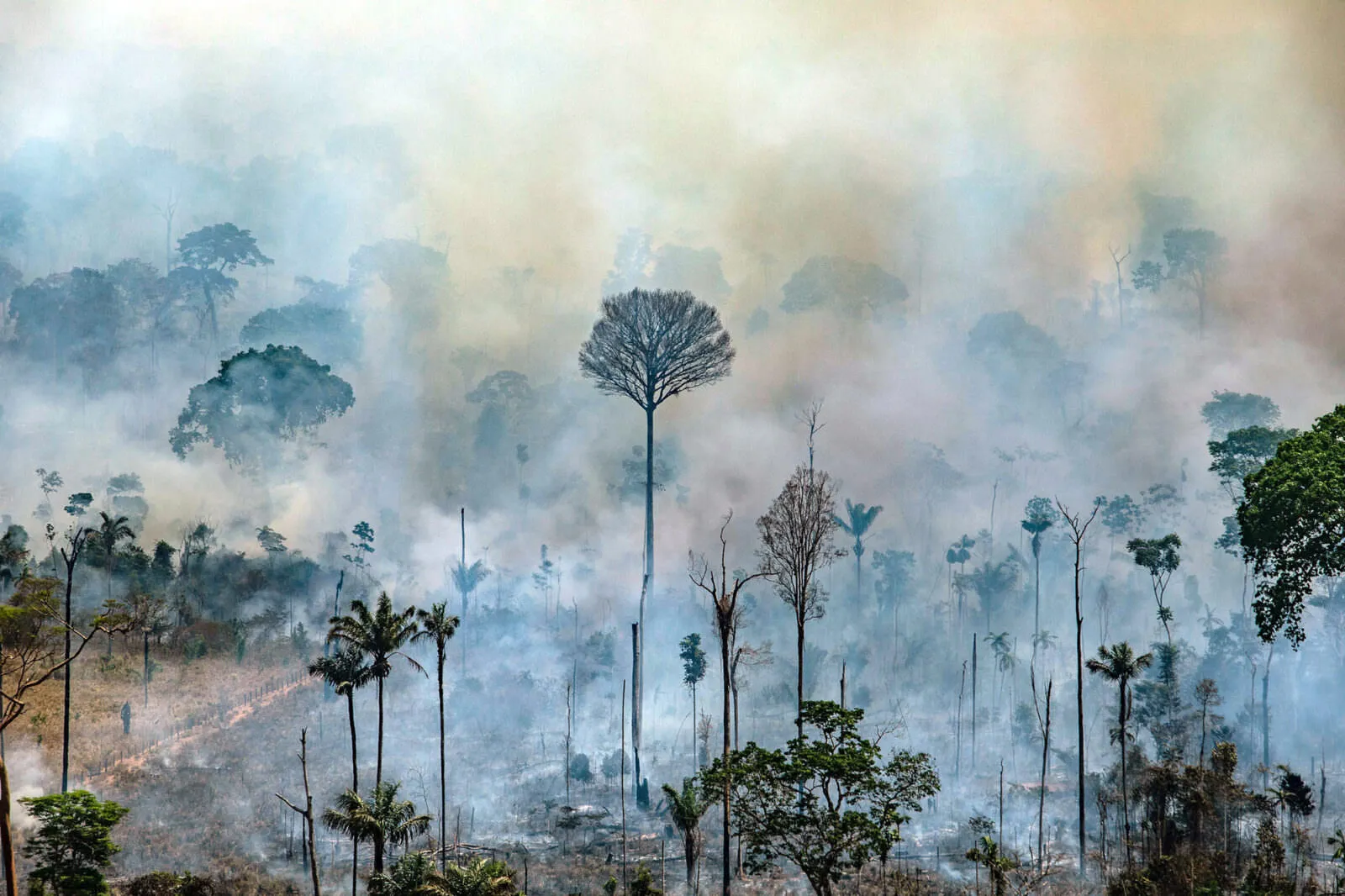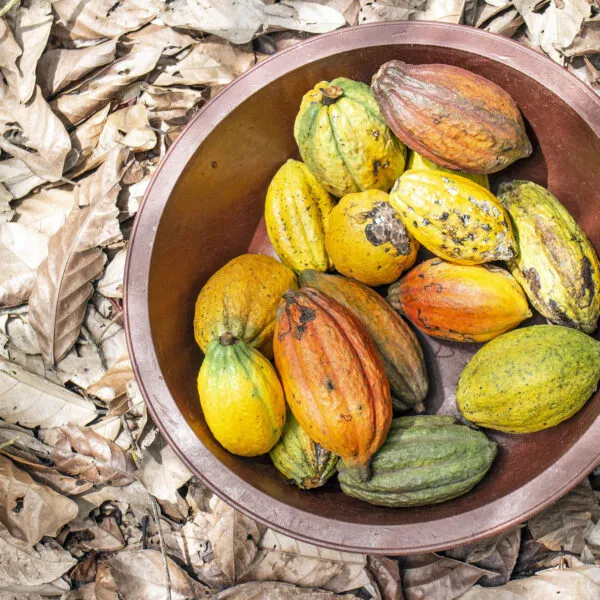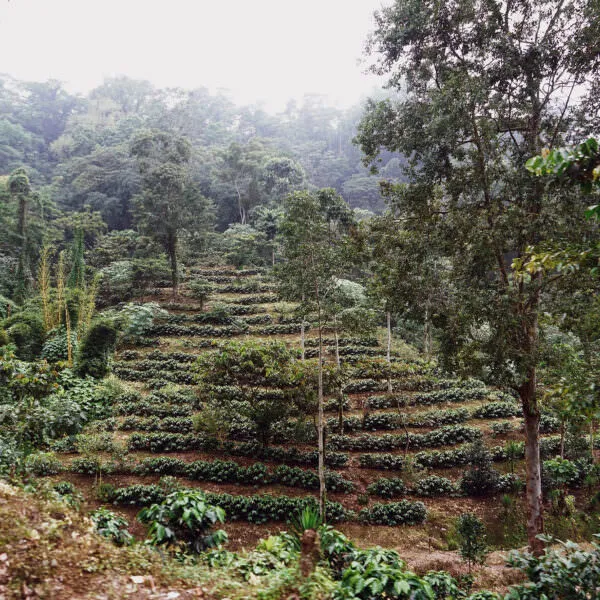In the summer of 2019, the world watched in horror as fires ravaged millions of hectares of the Amazon rainforest, as well as large swaths of primary rainforest in Indonesia. One of the most heart-breaking aspects of this ongoing global crisis is that these fires are largely preventable. Irresponsible agriculture, fueled by reckless government policies or weak governance, drives 80 percent of tropical deforestation.

Frighteningly, this year is set to be worse. A study by WWF found that in March of 2020, deforestation was up by 150 percent in 18 tropical countries over the previous March. Deforestation in the Amazon from January through April rose 55 percent over the same period last year—which means we can expect an even worse surge in fires, since it was the cut-down trees left to dry out that created a colossal tinderbox in 2019. And it’s not just the Amazon: The dry season has already begun in Indonesia, where annual fires to clear land for oil palm plantations burned an area of rainforest half the size of Belgium in 2019 alone.
Climate scientists and biologists have sounded the alarm over these staggering losses of rainforests and all the biodiversity they contain. But as we head into what’s likely to be another devastating fire season, let’s take a moment to take stock of the people affected. Who suffers when forests burn?
Indigenous and rainforest communities
Millions of Indigenous people live in rainforests. For these communities, the forest is much more than a place to live or make a living—it’s the source of ancient cultures and traditions. “The Ceiba tree is the father of all the animals. So our culture, from the very beginning, has been to protect the forest,” says Orlando Gualinga, a fourth-generation Kichwa community leader in Ecuador. This year, the fires could pose an added threat to those who live in rainforests: Smoke from fires can increase vulnerability to coronavirus. Indigenous communities, who frequently reside at vast distances from medical centers, are particularly at risk. Forest destruction also increases the risk of zoonosis—infectious diseases that jump from wildlife to humans, such as the novel coronavirus.
Farmers
No farm can survive without sufficient rain—and that’s why farmers need forests, which are the most efficient sources of precipitation after oceans. After trees release water into the atmosphere in a process called transpiration, that water later returns as rain, falling either over the same area or elsewhere. Research by scientific organization CIFOR shows that tropical forests also contribute to regulating river flows both during dry seasons and high rainfall events, helping minimize water scarcity and floods. Droughts, reduced or unpredictable rainfall, and erosion caused by flooding can lead to crop failure or reduced yields—which can push farmers and their families into extreme poverty.
Companies
When rainforests burn, supply chains for foods grown in the tropics—coffee, tea, cocoa, bananas, and other tropical fruits—become unstable. Economic stress ripples up and down the supply chain, affecting farmers and farmworkers, buyers, traders, and companies—including companies doing their best to implement more sustainable sourcing policies and practices. Consumers are affected, too, when prices go up.
All of Us
No matter where we live, we all suffer when rainforests burn. Forests are critical to staving off a global climate catastrophe: The UN International Panel on Climate Change (IPCC) says natural climate solutions like thriving rainforests could help us achieve more than one-third of the emissions reductions needed to meet the global targets of the Paris Climate Agreement. Rainforests function as “rainmakers” that feed the world’s limited supply of freshwater, and more than 60 percent of anticancer drugs originate from natural sources like rainforest plants. And finally, forest conservation is key to preventing pandemics like COVID-19. In other words, none of us can afford to lose great swaths of forests if we hope to have a survivable future.




